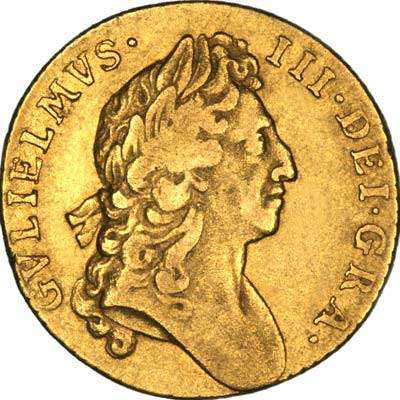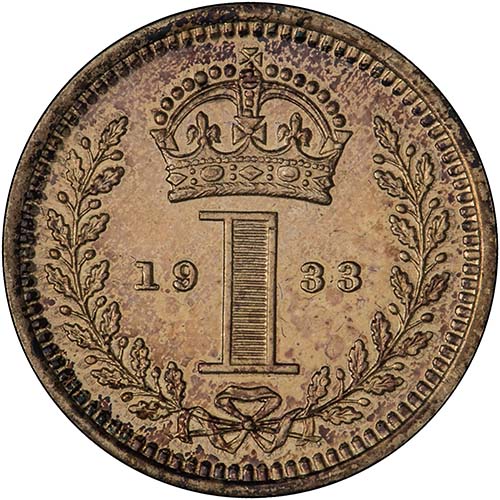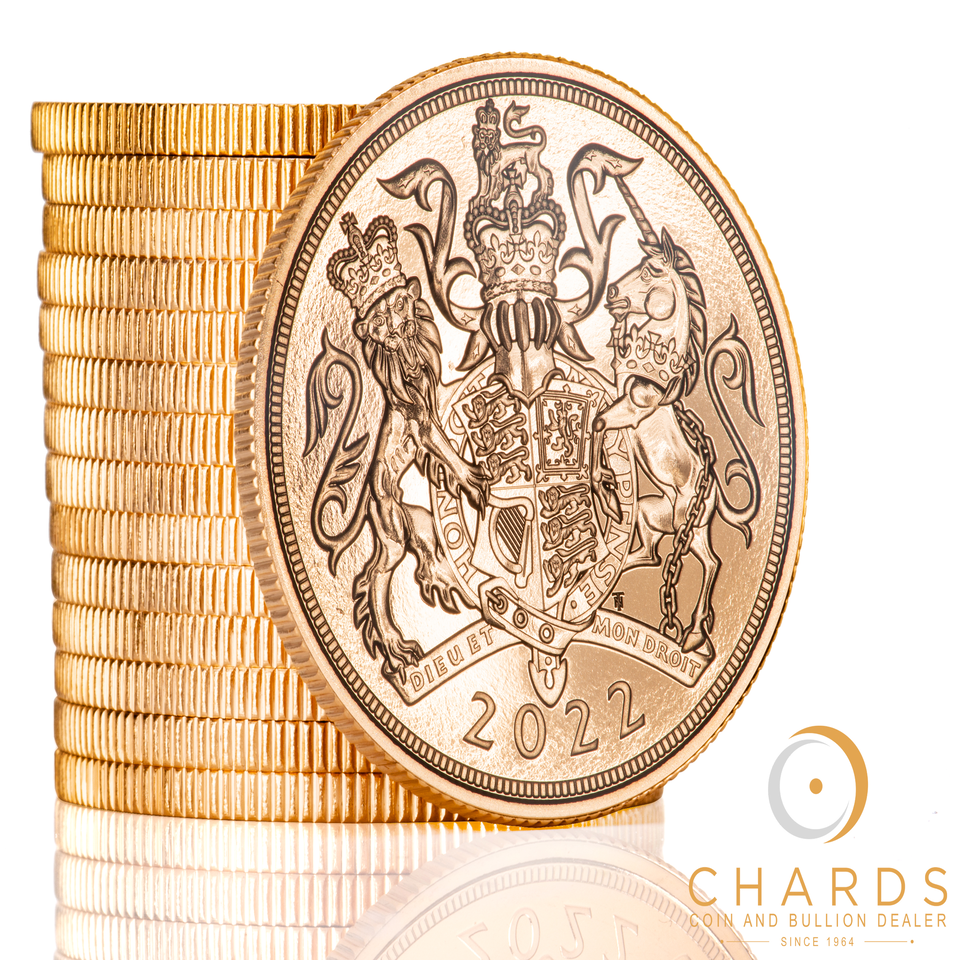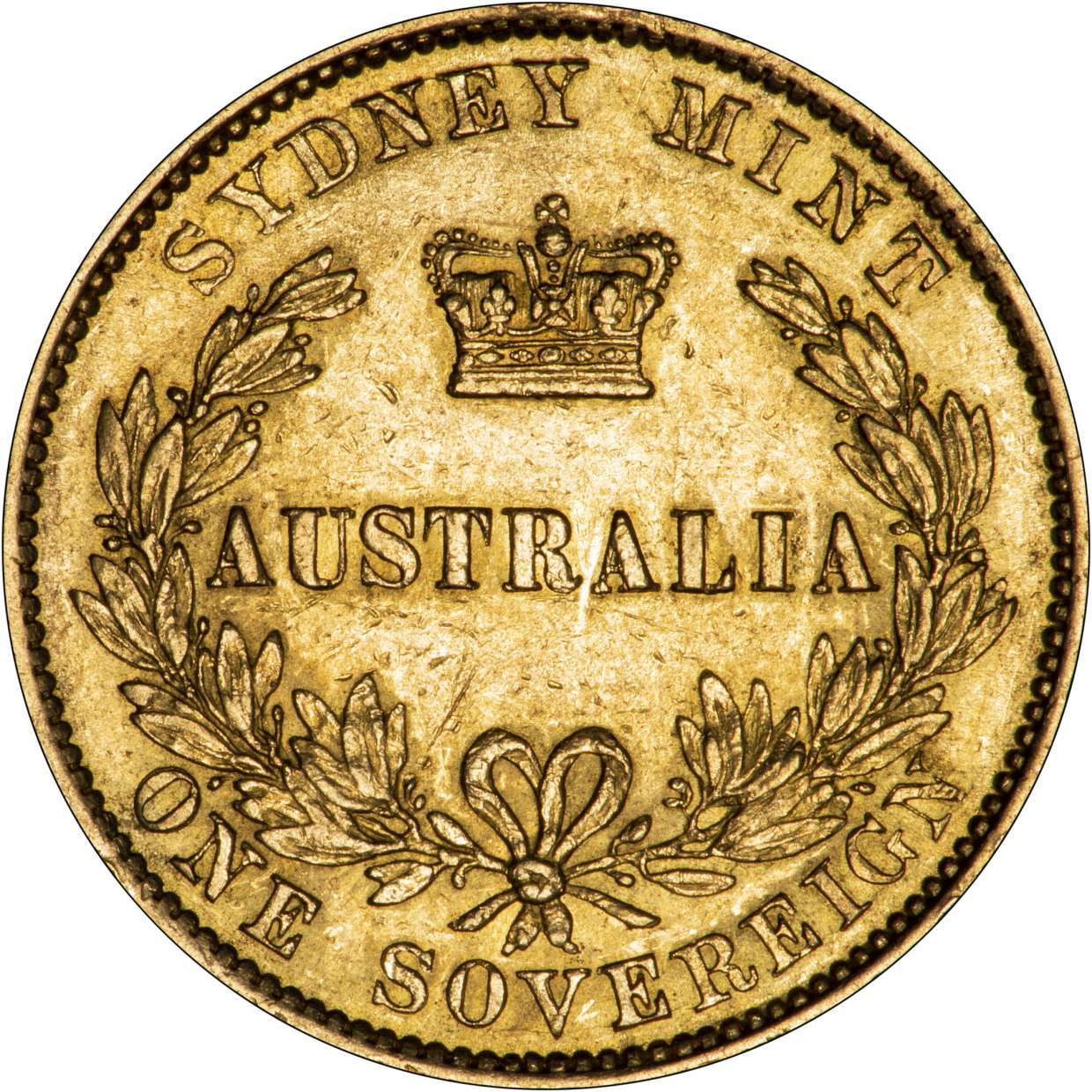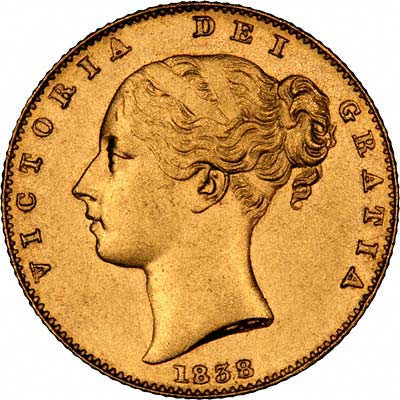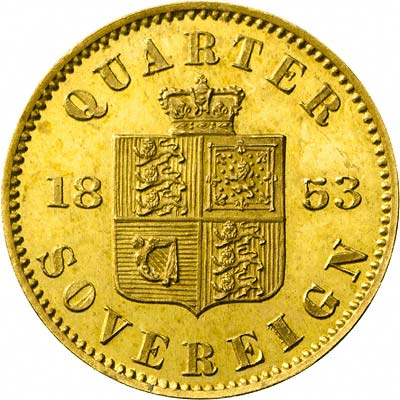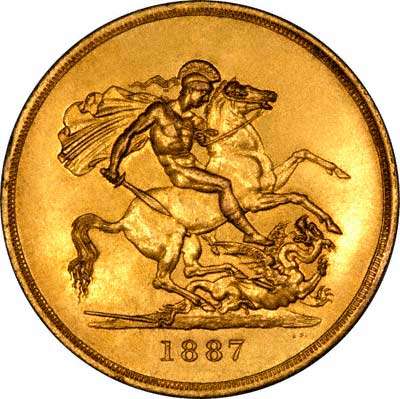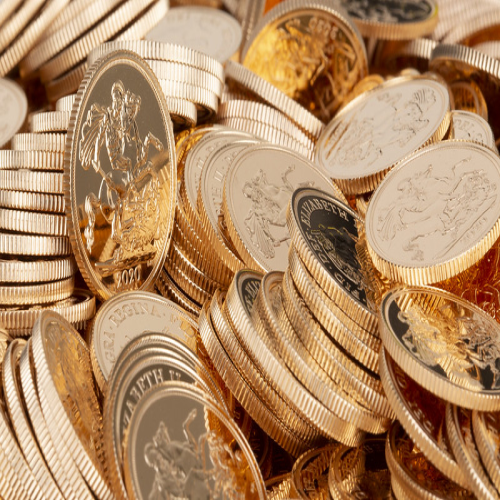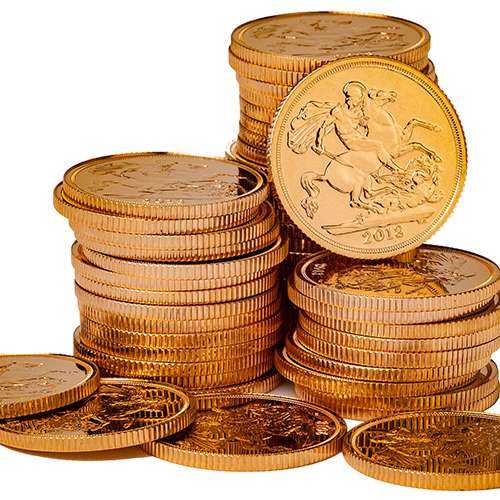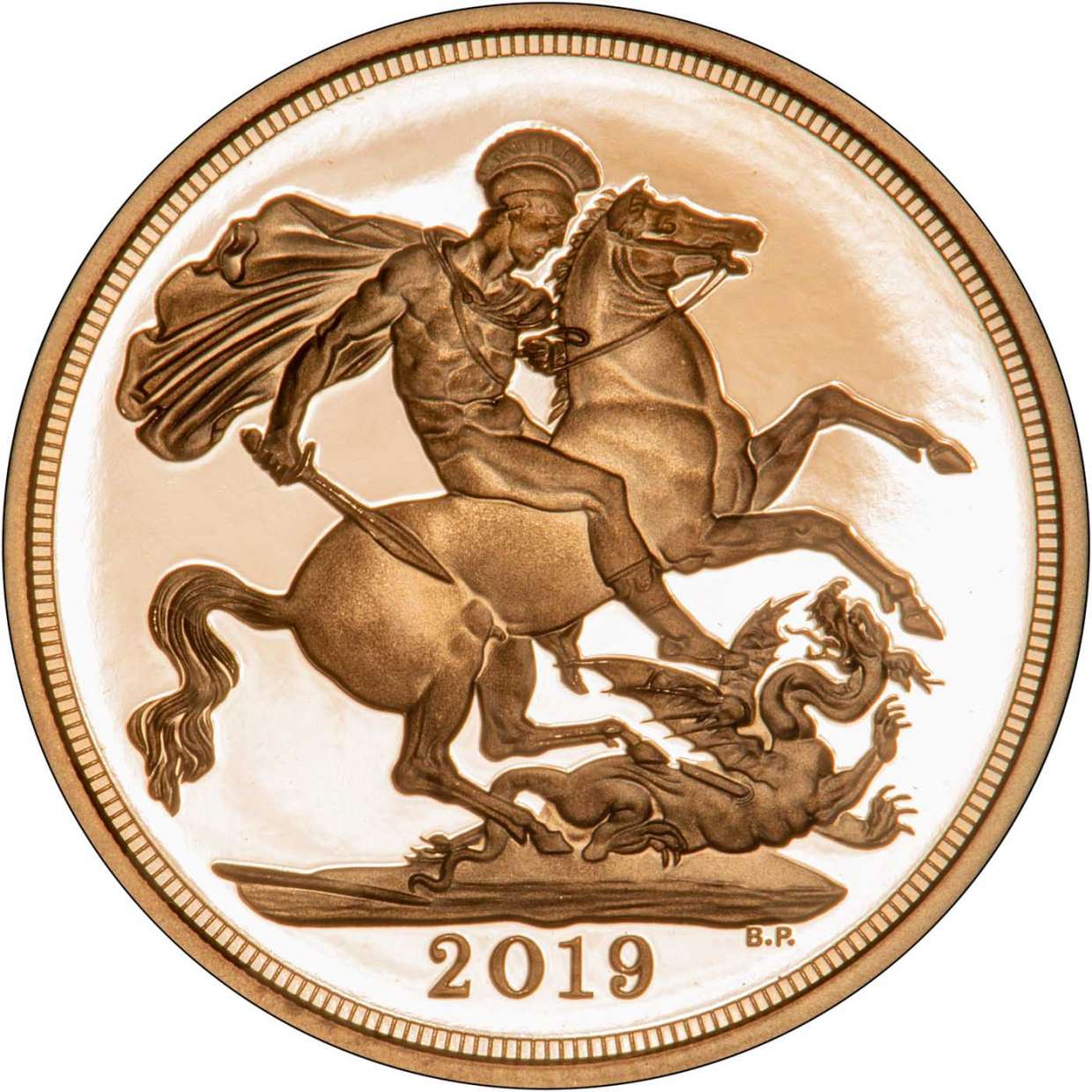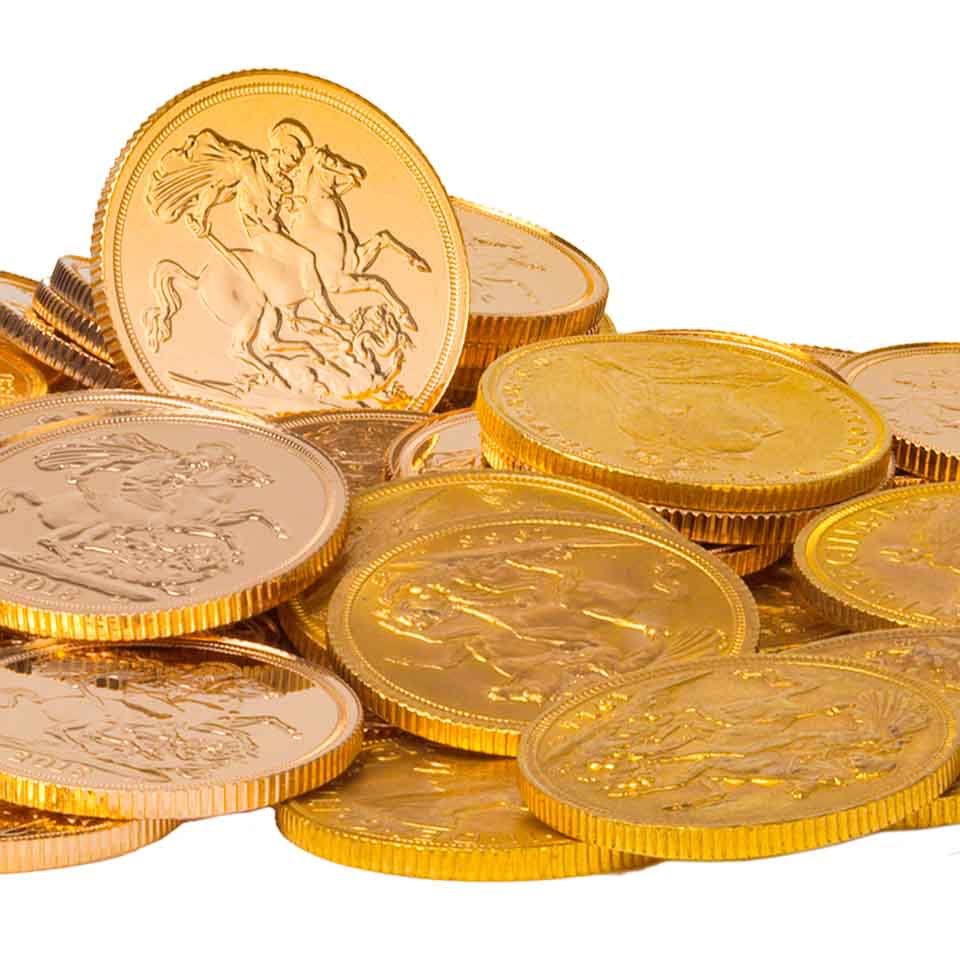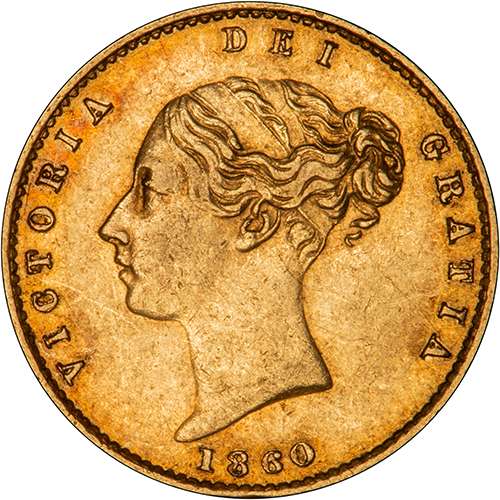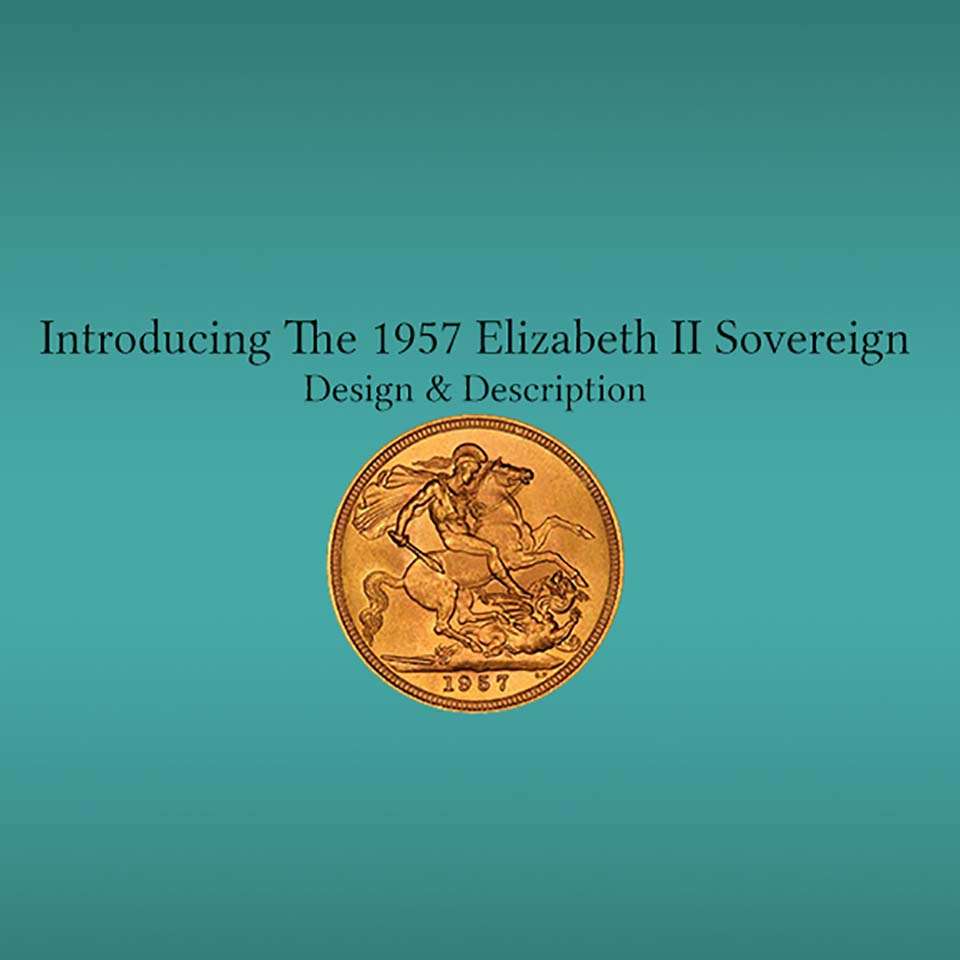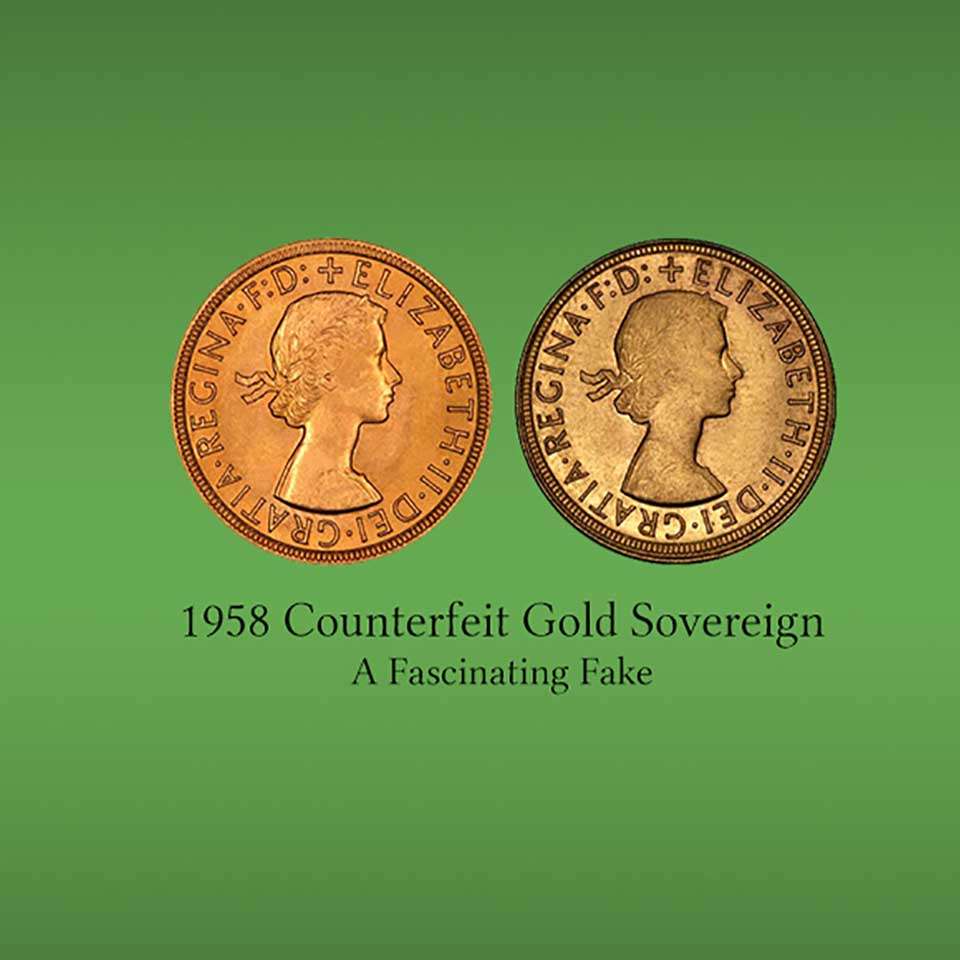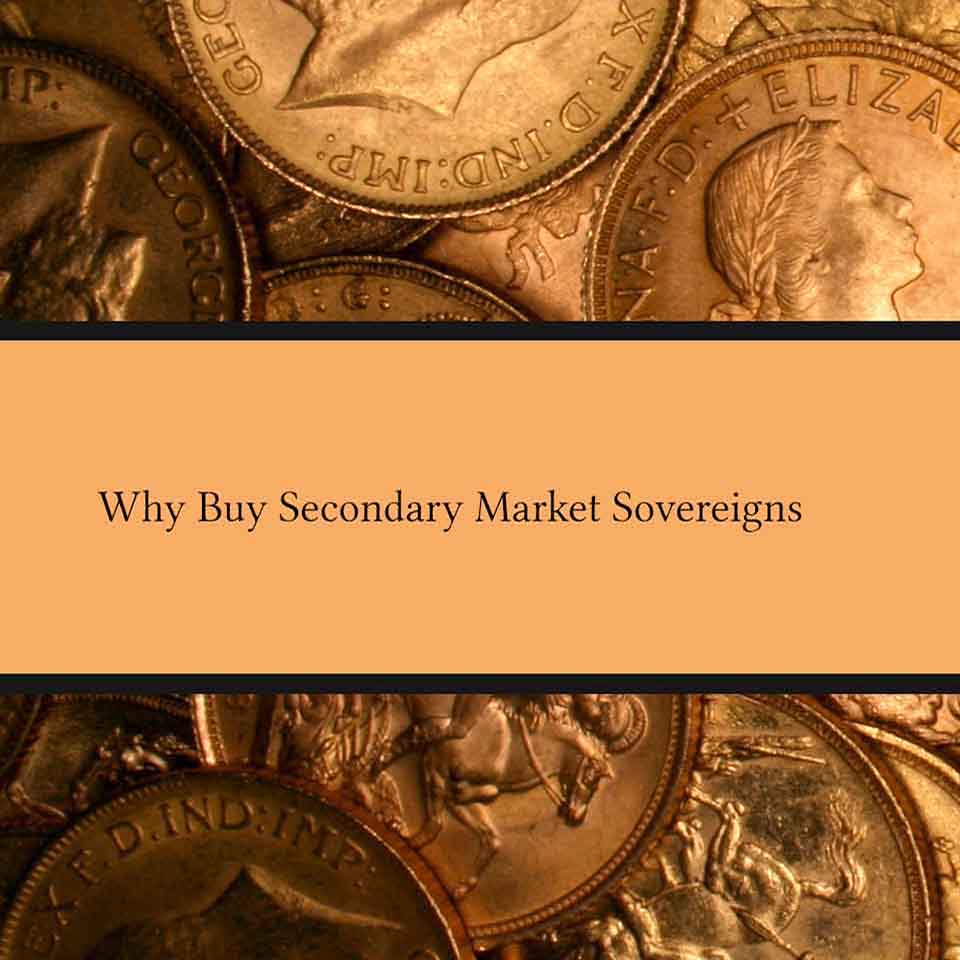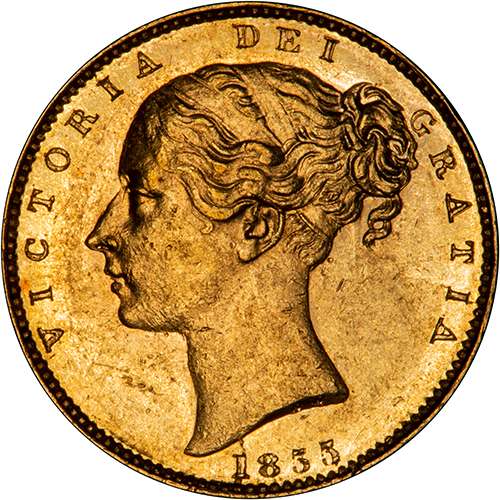Unites, Laurels and Guineas: 1604 - 1662
Synopsis
From James I's second coinage in 1604, the sovereign was discontinued in favour of the "unite", also valued at one pound. It was called a unite to mark the unification of England and Scotland upon the accession of James VI of Scotland to the British throne, as James I of England.

The Laurel Comes and Goes
In 1612 the unite was revalued at 22 shillings, and in 1619 was replace by a lighter one pound coin known as the laurel. The laurel weighed 140.5 grains.


The Unite Continues
The unite was continued in the reign of Charles I, being again valued at twenty shillings, and continued in production during "The Commonwealth", and the early hammered coinage of Charles II until 1662.


Machine Made Guineas Arrive
With the introduction of regular machine made "milled" coinage under Charles II, the guinea was introduced in 1668. It was so called because the gold from which many were made was imported from the African state of Guinea by the Africa Company. The badge of logo of The Africa Company was an elephant and castle (howdah), and this symbol, or sometimes just the elephant appeared on many of the guineas.
When a Guinea was a Pound
When the guinea was originally introduced it had a value of twenty shillings, Because of the inflationary effects of war, the value of the guinea soon increased to 21 shillings. By March 1694, it had reached 22 shillings, and in June 1695 reached a peak of thirty shillings. At this crisis point, there followed great public debate, which included figures such as Sir Isaac Newton, as to whether the solution was to devalue the gold coinage or to restore the silver coinage. Restoration won, and 1696 saw a great "Silver Recoinage", at the same time the principle was established that the pound sterling would be a fixed weight of gold, and this principle effectively created the "gold standard". The guinea continued to be the main gold coin until 1813 under George III.


Related Blog Articles
This guide and its content is copyright of Chard (1964) Ltd - © Chard (1964) Ltd 2025. All rights reserved. Any redistribution or reproduction of part or all of the contents in any form is prohibited.
We are not financial advisers and we would always recommend that you consult with one prior to making any investment decision.
You can read more about copyright or our advice disclaimer on these links.

